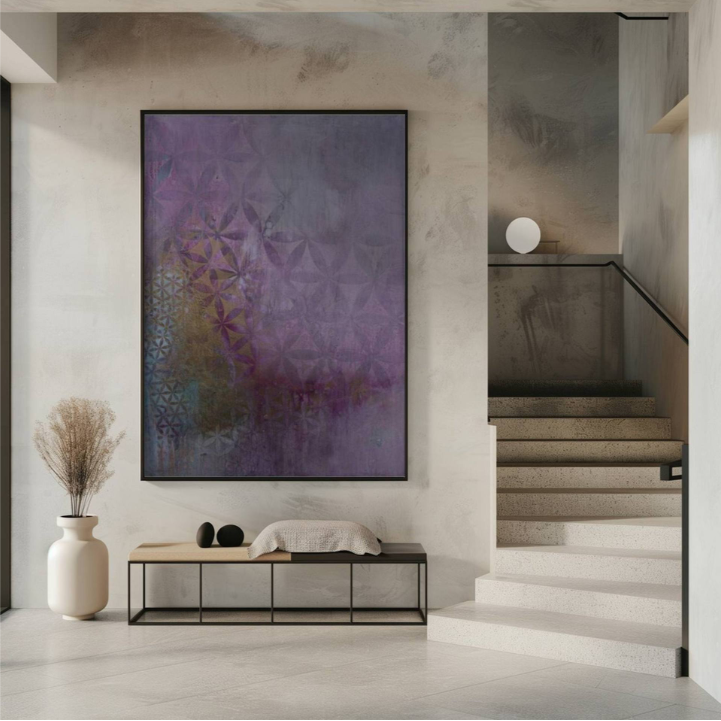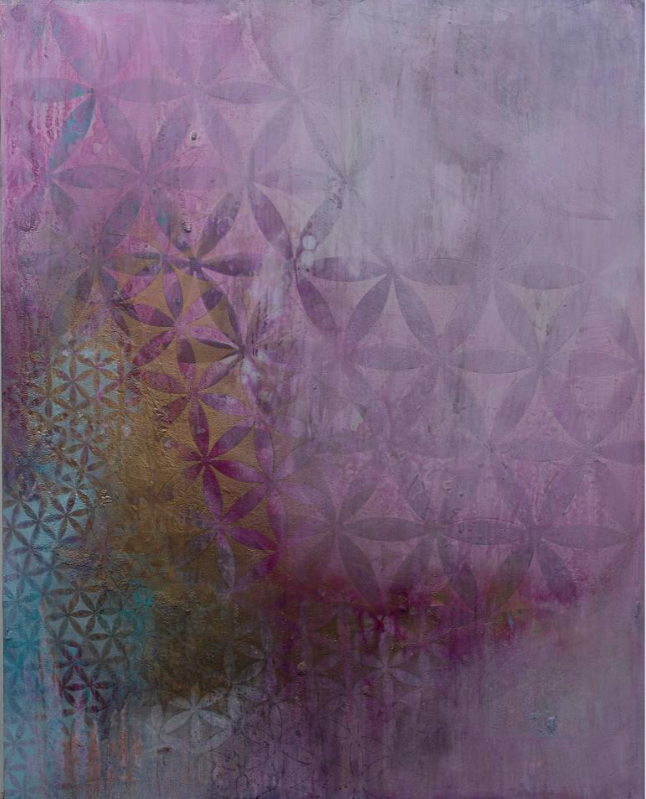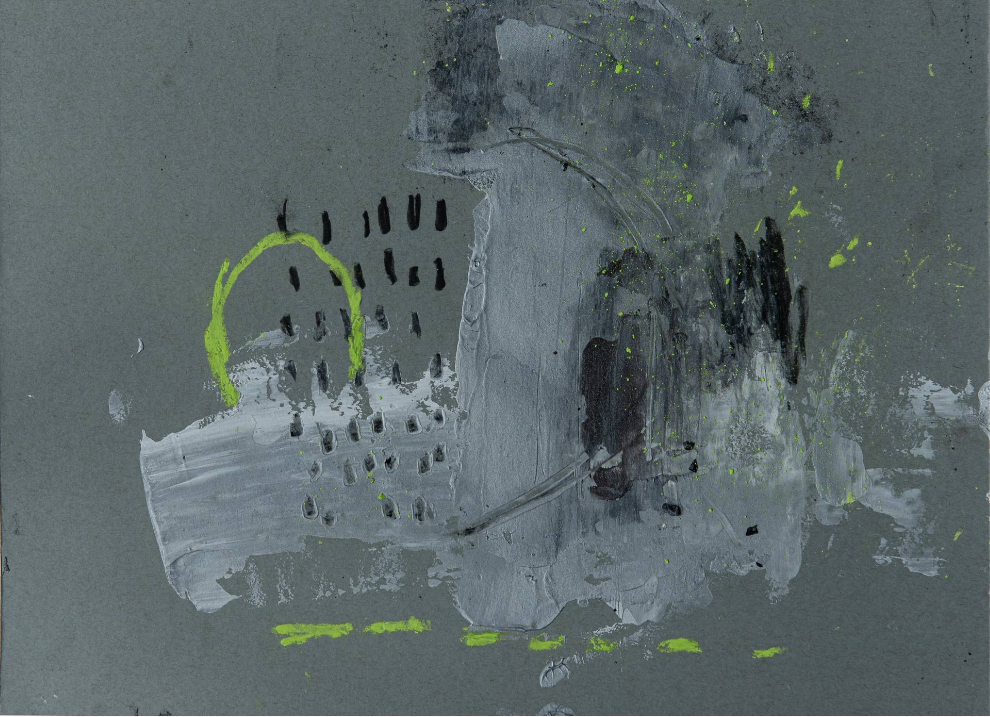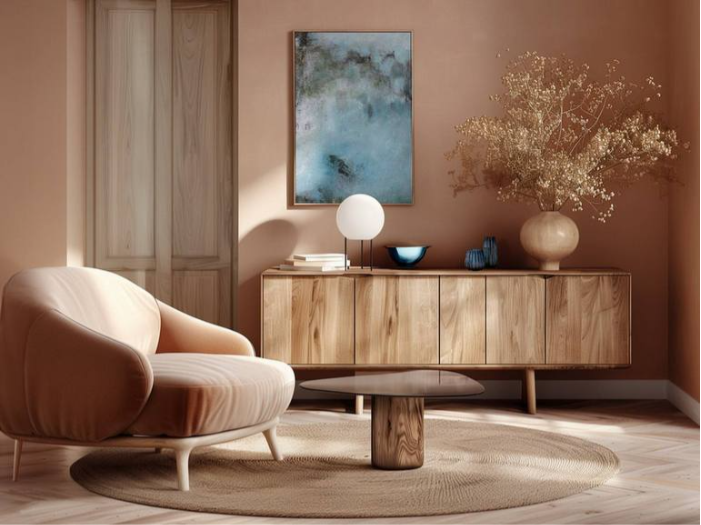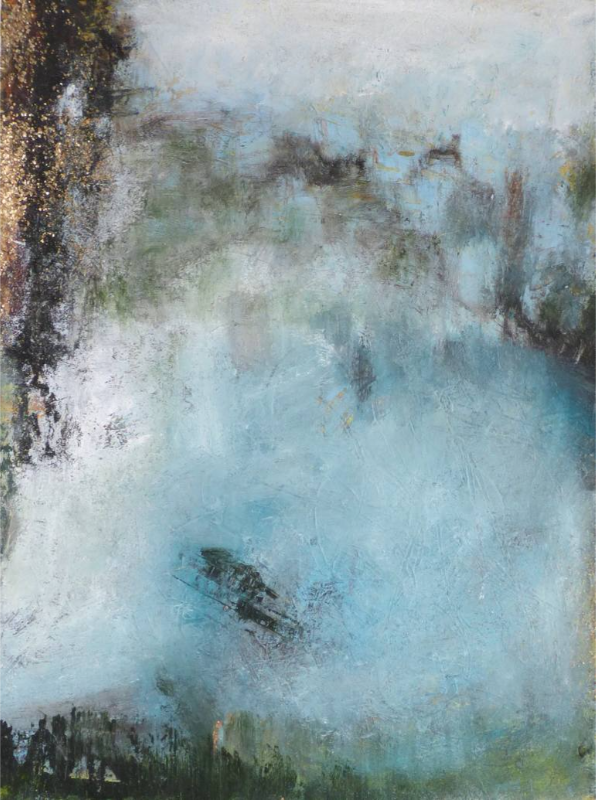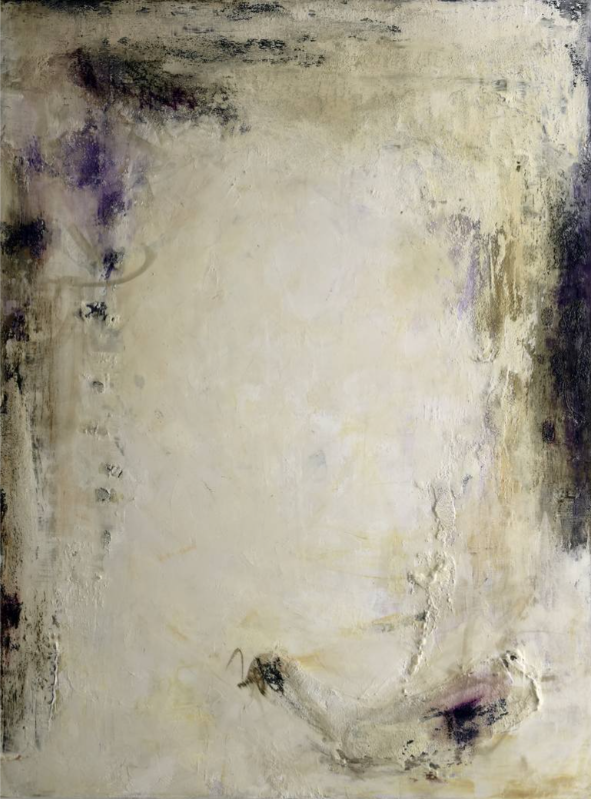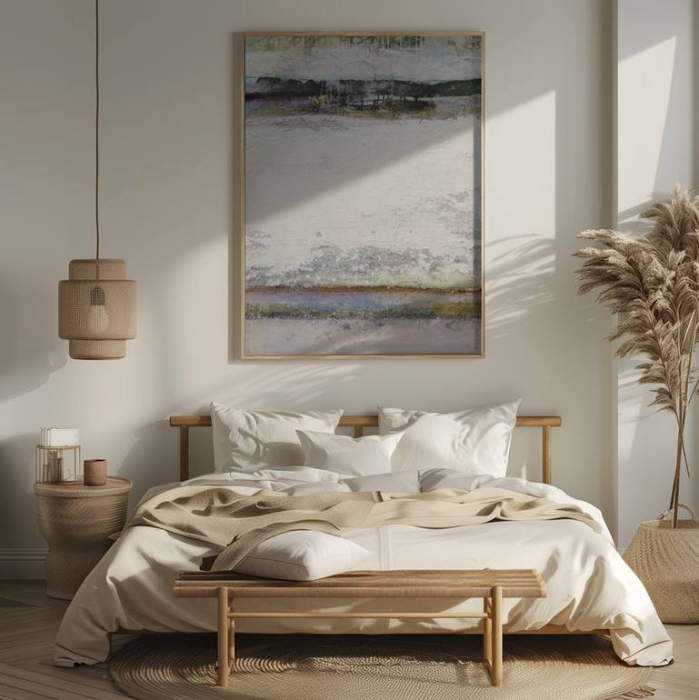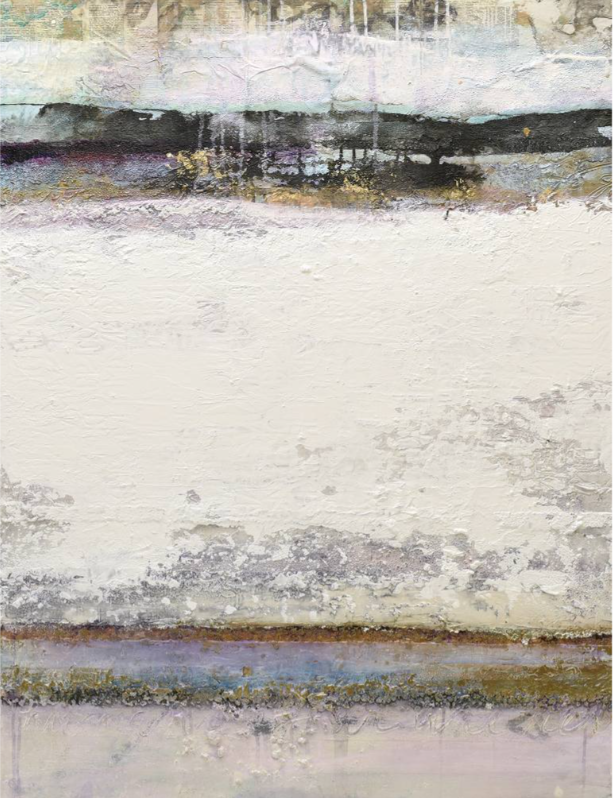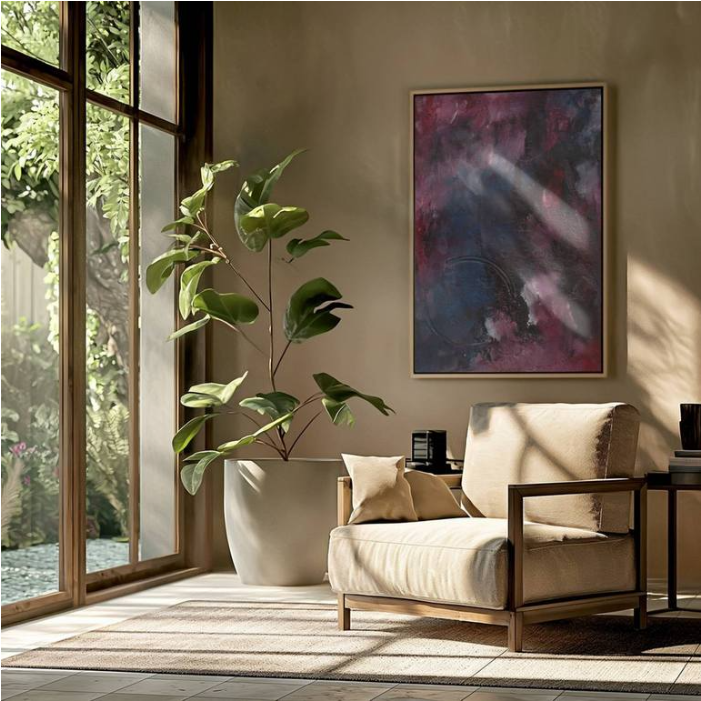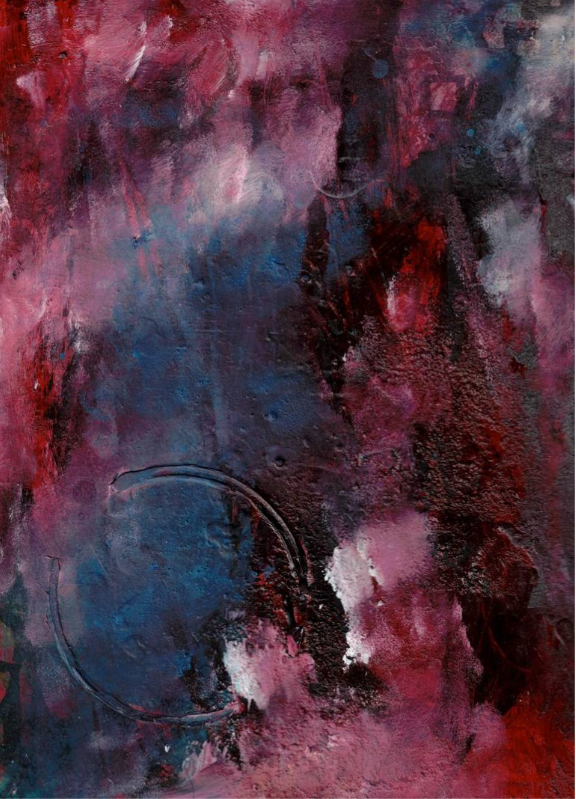Celebrating a New Creative Partnership with TurningArt
/A stairway landing is emboldened by I Belong, 48” x 60” x 1.5”, Acrylic on Canvas, Drishti Painting Series, © Deb Chaney Prints available on Saatchi Gallery.
Celebrating a new partnership bringing healing art into corporate offices and inspiring spaces.
I’m thrilled to share some exciting news—I’ve officially joined the artist roster at TurningArt, a Boston-based firm known for transforming spaces through thoughtfully curated artwork.
Why TurningArt is the perfect fit
Partnering with TurningArt is more than just a new opportunity, it’s a beautiful alignment of values. Their commitment to supporting working artists, enhancing wellness through visual environments, and curating art experiences that elevate everyday life deeply resonates with my own artistic mission.
A heartfelt thank you to Sophie from the TurningArt team, who truly offered ‘white glove’ support throughout my onboarding. From start to finish, Sophie went above and beyond to help me navigate the process, answer every question with care, and ensure my portfolio was represented with professionalism and heart. I’m genuinely grateful.
I Belong, 48” x 60” x 1.5”, Acrylic on Canvas, Drishti Painting Series, © Deb Chaney Prints available on Saatchi Gallery.
TurningArt transforming spaces across North America
What excites me even more is the incredible work TurningArt is already doing in collaboration with artists across North America. Here are just a few highlights:
🎨 Monumental Artwork for a Private Equity Office
Working with Vocon and a U.S.-based equity firm, TurningArt commissioned large-scale, custom pieces that reflect brand identity while elevating the physical workspace. It’s a powerful example of how contemporary art can transform corporate culture.
🩺 Transforming Women’s Healthcare with Herself Health
Through carefully curated artwork, TurningArt helped Herself Health reshape the atmosphere of their clinics to feel warm, calming, and empowering. This approach aligns so beautifully with my own belief that art supports emotional wellness.
🌈 Vibrant Murals for Communal Living at Ardence & Bloom
For this East Hollywood development, TurningArt brought large-scale murals to life—transforming a residential space into a dynamic environment where art inspires daily living.
As a mixed media abstract artist who believes deeply in the connection between art and well-being, it’s an honor to join a community so dedicated to this kind of meaningful creative work. I look forward to what’s ahead and to sharing more as this partnership unfold

